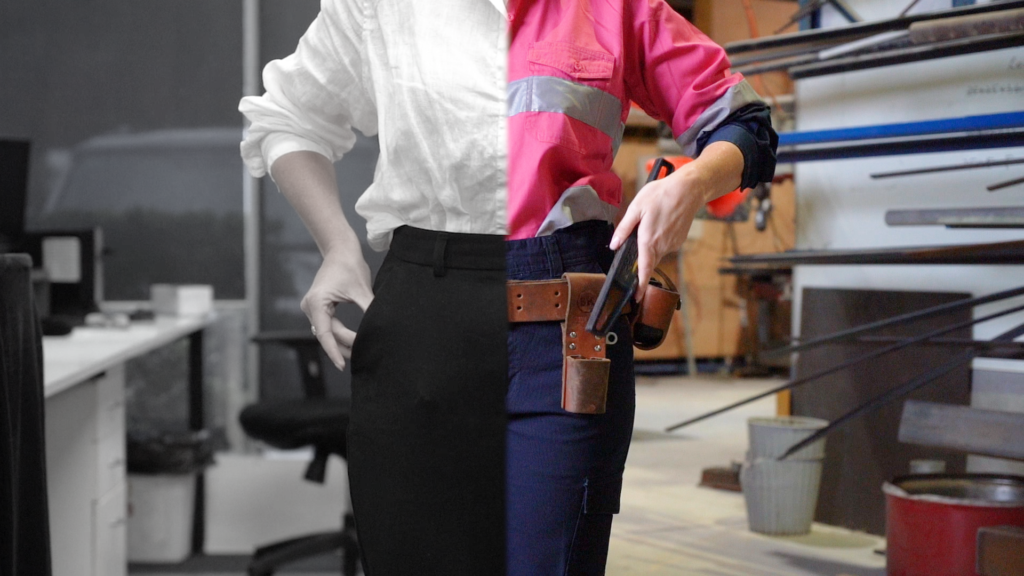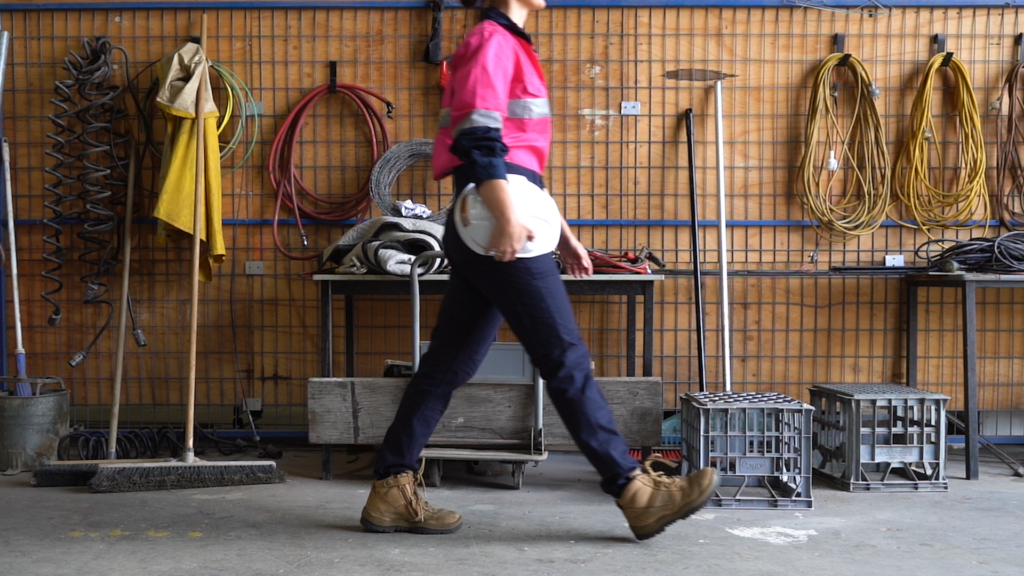Popular Posts
Looking for a rewarding career that allows you to work creatively with your hands?
Major Training offer carpentry courses that are nationally recognised and will equip you with skills to build, install and repair different structures and fixtures. Discover how to get a carpenter’s licence and earn a carpentry apprenticeship with this career guide from Major Training.
What are the Different Types of Carpentry?
Carpentry is defined as the art of working with timber in order to construct and maintain buildings, furniture and other objects. But that doesn’t mean there is only one type of carpentry.
In total, there are two main types of carpentry:
- Rough Carpentry – work that doesn’t require a neat finish, mostly large structural components of a building such as posts and beams.
- Finish Carpentry – visible work that requires a high level of detail, mostly decking, flooring, staircases, windows, doors and other structures.
The common types of carpenters in Australia include:
- Joiner Carpenter – installs doors, windows, stairs or trusses
- Framework Carpenter – constructs or repairs building frameworks
- Formwork Carpenter – erects and dismantles the frame needed to hold concrete
- Green Carpenter – uses environmentally sustainable methods and materials.
If you’d like to delve deeper into the distinctions among various carpentry specialties in Australia, we invite you to explore our article: What Is the Difference Between a Carpenter and a Joiner?
What Does a Carpenter Do?
Carpenters work with timber, plywood, plasterboard, and other types of wood to construct, build, install and repair a variety of structures and objects. They work on residential, commercial, and industrial projects, although their individual tasks can vary depending on the type of job. Some of the task and responsibilities of a carpenter can include:
- Studying building plans and drawings
- Preparing, treating, cutting and shaping timber for structures or fittings
- Erecting building framework for roofs and floors
- Fitting exteriors for walls, doors and window frames
A carpentry apprentice also has a variety of duties in assisting the project, including:
- Construct wall and ceiling frames
- Install windows and doors
- Use carpentry tools and equipment
- General demolition of minor building structures
How to Become a Carpenter
To qualify as a carpenter in Australia, you must study and complete an apprenticeship. Major Training offer carpentry apprenticeships that will develop your practical skills through on-site training, and open the doors to entry-level job opportunities.
CPC30211 Certificate III in Carpentry
The nationally recognised CPC30211 Certificate III in Carpentry will provide you with the foundational skills and knowledge to become employed and work effectively as a carpenter in Australia. You will be trained by industry professionals and within real or accurately simulated workplace environments.
You will learn how to:
- Complete general demolitions and levelling operations
- Apply concreting to simple forms
- Assemble partitions
- Install flooring systems
- Construct ceiling and wall frames
- Install and replace windows and doors
- Apply OHS requirements, policies, and procedures.
To complete a carpentry apprenticeship you must be employed full-time or part-time. Students must also have access to a workplace to be able to gain the sufficient experience to successfully complete the Unit of Competency requirements.
Course Delivery: Face-to-face every 6 -12 weeks at your site or ours
How Long Does It Take to Become a Carpenter?

The nominal term and expected duration of completing your CPC30211 Certificate III in Carpentry with Major Training is around 4 years (48 months). This is the Australian trade industry average and also depends on your availability with part-time and school-based students taking longer. There is also a probationary period of 90 days which allows employers to assess work ethic, reliability and potential.
How to Get a Carpentry Apprenticeship?
Choosing where you undertake your apprenticeship is an important decision, especially since it is where you will learn a lot of your skills and work closely with qualified carpenters. To get started, you can try researching local businesses online and get in touch with them or you can use one of the many job seeking resources such as Indeed or Seek.com, to find any listings. Once you are employed, Major Training can be selected as your Registered Training Organisation (RTO).
Why Be a Carpenter?
Structural trades like carpentry are in demand and is a rewarding career path with 134,700 carpenters employed nation-wide, a total that is projected to remain stable until late 2026, according to the National Skills Commission. For working arrangements, around 87% of people employed as Carpenters work full-time hours and an average of an average of 44 hours per week.
With the majority of carpenters being employed in the construction industry, it is refreshing to know that it is one of the most in demand, making up 10% of the total workforce. The construction industry in Australia is also one of the most integral to the economy, with an employment projection from 1,160,700 in 2021 to 1,263,900 by 2025.
What is the Average Salary for Carpenters in Australia?
The average carpenter salary in Australia is $75,075 per year, or $63,856 for entry-level positions and up to $92,625 for more experienced workers. On an hourly basis, entry-level carpenters can expect to make around $38.50.
Carpentry Skills
Carpenters play a crucial role in the construction industry and are responsible for working on some of the most foundational parts of a structure. In order to create high-quality work that is up to standard, carpenters require certain skills, including:
- Attention to detail
- Decent mathematical and problem solving skills
- Great communication
- Working well within a team
- Good with your hands
Sometimes unforeseen circumstances can occur such as plan alterations, which may cause you to think on your feet and adapt quickly. Also, the sites you are working on could be hazardous with dirty, dusty, noisy or even muddy conditions that require Personal Protective Equipment (PPE). The above skills help you to find the solutions to get the job done efficiently and keep you and your team safe.
Interested in a career in carpentry? At Major Training we work in partnership with the Australian Apprenticeship Network and strive to understand your strengths and goals by delivering an apprentice training plan that suits your needs. Call our team on 1300 790 822 to discuss your eligibility or enrol online for a carpentry apprenticeship today.






